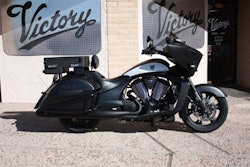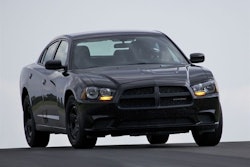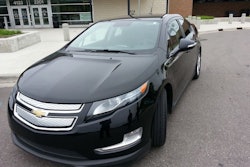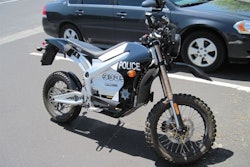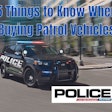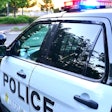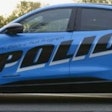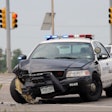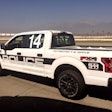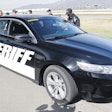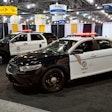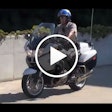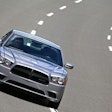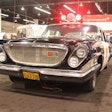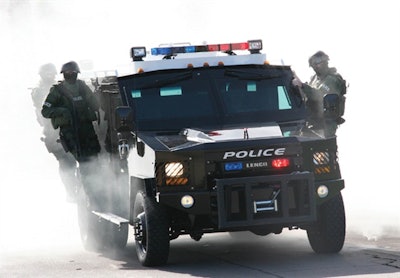 Photo courtesy of Lenco.
Photo courtesy of Lenco.
SWAT arrived on scene with a Lenco Bearcat armored vehicle. And the Bearcat quickly proved to be invaluable in the fierce firefight and standoff that ensued. It protected SWAT operators from numerous strikes from 7.62mm rounds from the gunman's AK. After four hours, the gunman was taken into custody. The man who killed three Pittsburgh officers now resides on Pennsylvania's death row.
The Pittsburgh Police Bureau's operations during the 2009 ambush show the value of armored police vehicles as a tool for safely delivering operators into position under fire. A more recent operation is an example of another benefit of armored vehicles—showing force.
Police presence is the first rung on the use-of-force continuum, but it also can be reassuring when the public feels endangered. That's exactly what happened during this year's manhunt for the Boston Marathon bombers. Throughout the lockdown period, tactical teams from a number of area agencies patrolled the streets of Watertown, Cambridge, and other affected suburbs, letting the public know that the police were on the job and letting the suspect know that his situation was hopeless.
Armored vehicles are a mobile force multiplier for law enforcement, and in this extremely violent era, they are essential equipment.
According to a recent FBI report "Gang members are acquiring high-powered, military-style weapons and equipment that poses a significant threat because of the potential to engage in lethal encounters with law enforcement officers and civilians. Typically, firearms are acquired through illegal purchases; straw purchases via surrogates or middle-men, and thefts from individuals, vehicles, residences, and commercial establishments. Gang members also target military and law enforcement officials, facilities, and vehicles to obtain weapons, ammunition, body armor, police gear, badges, uniforms, and official identification."
To counter this threat, police need more than soft body armor, which can't prevent penetration by high-powered rifle bullets. Hard plates can protect covered areas, but the coverage is generally limited to the torso. Shields and body bunkers tend to be heavy and unwieldy. The best protection for officers moving into a firefight is an armored vehicle and thankfully law enforcement has a lot to choose from these days, ranging from surplus military armored personnel carriers to purpose-built police tactical vehicles such as the Lenco Bearcat.
Whether the threat comes from a lone gunman, a coordinated terror attack, or cornered street gang, an armored vehicle allows law enforcement officers to use multidimensional tactics that they can't execute without one.
Several agency tactical teams, including the DEA, use armored vehicles to "knock and announce" on high-threat targets. Usually, when the bad guys see bright lights, hear loudspeakers, and see large vehicles parked at their doors, they surrender without incident.
Armored vehicles allow law enforcement officers to be prepared to address any situation they may face. The physical presence of an armored vehicle may even prevent criminals from taking shots at the officers. No other tool in law enforcement offers such an intimidation factor.




